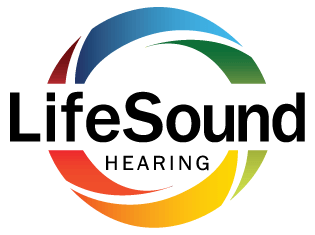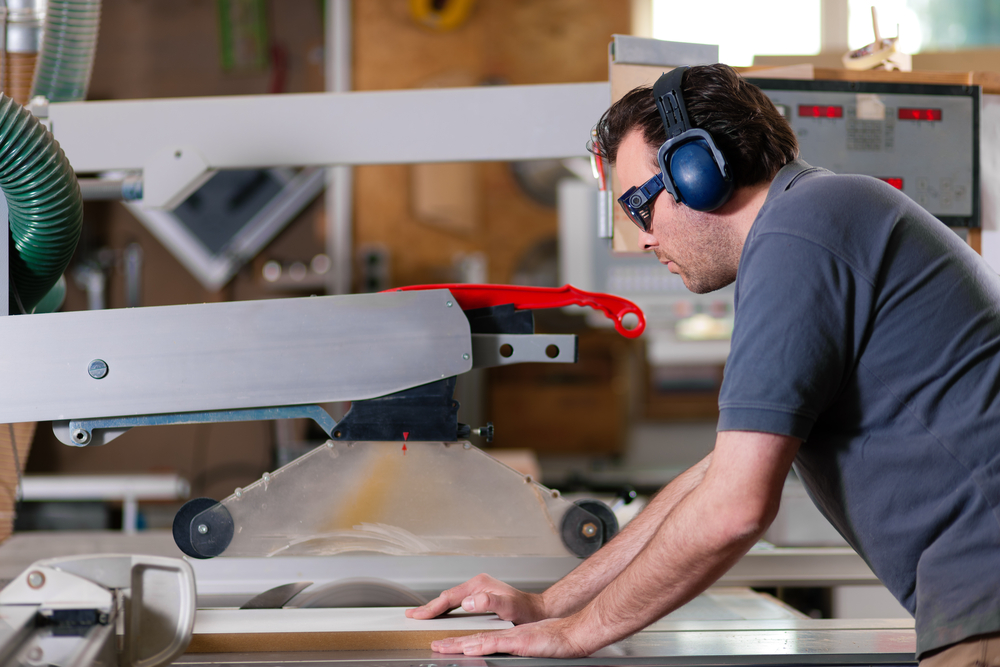
Prolonged exposure to loud noise can take a severe toll on your hearing health, chiefly in settings where sound levels go above safe thresholds. You must safeguard your ears; this is necessary for more than preventing hearing loss—it also helps you maintain focus amidst noisy conditions. Consequently, what steps should you implement to select the ideal hearing protection level tailored to your needs?
How noise levels impact your hearing
The impacts of noise exposure aren’t just about volume but also the duration of exposure. The primary measurement for assessing noise levels is dB, a unit used to measure sound loudness. Hearing damage can initiate when sound intensity hits 85 dB or more, particularly after sustained exposure.
Consider that 85 dB is similar to the intensity of city traffic noise heard while sitting in a car. While this may not seem overly loud, continuous exposure for eight hours can start to damage your hearing. As the sound intensifies, the duration of time you can be exposed securely decreases:
- A sound level of 90 dB (e.g., a Lawnmower) can cause damage after 4 hours of exposure.
- Exposure to 100 dB (Power tools) must be restricted to a maximum of 60 minutes.
- Only 15 minutes of exposure to 110 dB (like a Leaf blower) is enough to cause harm.
- Even momentary exposure to 120 dB (e.g., a Rock concert) is enough to cause hearing damage.
- Immediate pain and damage are possible at 140 dB (Jet engine).
Pinpointing noise levels that are dangerous
If you’re frequently exposed to noise levels of 85 dB or more, wearing hearing protection is necessary. The need for protection is greater in work environments, including factories and construction, or in any place where machinery, equipment, or tools create major noise.
You can encounter hazardous noise levels even in recreational hobbies—such as attending concerts, utilizing leaf blowers, or shooting sports—making hearing protection smart outside of a job setting.
The function of Noise Reduction Ratings (NRR) in finding protection
Hearing protection efficacy is rated using the Noise Reduction Rating (the NRR) scale. Stated in dB, this figure indicates the degree of sound reduction the protective unit is capable of blocking. The higher the NRR, the superior the protection against noise. An instance is a pair of earplugs with a 30 dB NRR, which could lower an 85 dB sound to 55 dB, thereby maintaining you safely within the parameters of safe exposure.
In choosing protection, you must gauge the exact noise levels you encounter and ensure your chosen device reduces the volume sufficiently to remain under 85 dB.
Why comfort is necessary for wearing hearing protection all the time
The NRR is undoubtedly significant, but comfort is a similarly significant component in achieving consistent, long-term use. An uncomfortable or cumbersome protective device raises the inclination to remove it, which leaves your ears to hazardous noise.
Choosing well-fitting hearing protection leads to steady wear, thus lowering the threat that you will be exposed to noise periodically. Consider if, for example, your earmuffs are too heavy or uncomfortable, you could remove them now and then, leaving your ears exposed to harmful noise.
A look at the multiple types of hearing protection
A variety of hearing protection options are available, all with their own set of pros and cons:
- Inserted into the ear canal, Foam Earplugs provide superb noise reduction. They are disposable and light, yet some individuals may find them uncomfortable.
- Being reusable and resting just outside the ear canal, Pre-Molded Earplugs are a more sustainable choice and are also easier to insert and remove than foam earplugs.
- Earmuffs enclose the ear completely; they are best for varying noise environments because of their ease of removal and donning. A common disadvantage is that they can feel warm or heavy with continuous wear.
The optimal choice of protection is dependent on your individual preferences and the specific needs of your environment. Construction workers, for example, might favor the convenience provided by earmuffs, whereas factory staff may opt for earplugs for constant wear.
The cruciality of continuous protection
The protection that is worn consistently is, by its very design, the most effective kind. Taking off the protection for even a short time of minutes can lead to permanent damage to your hearing. For this purpose, finding a solution that balances protection, comfort, and convenience is necessary.
Securing your auditory well-being
While noise is a constant part of life, appropriate hearing protection enables you to protect your hearing while still enjoying the sounds surrounding you.
Contact us now to discuss your chances of hearing loss from noise and the optimal ways to safeguard your hearing.

